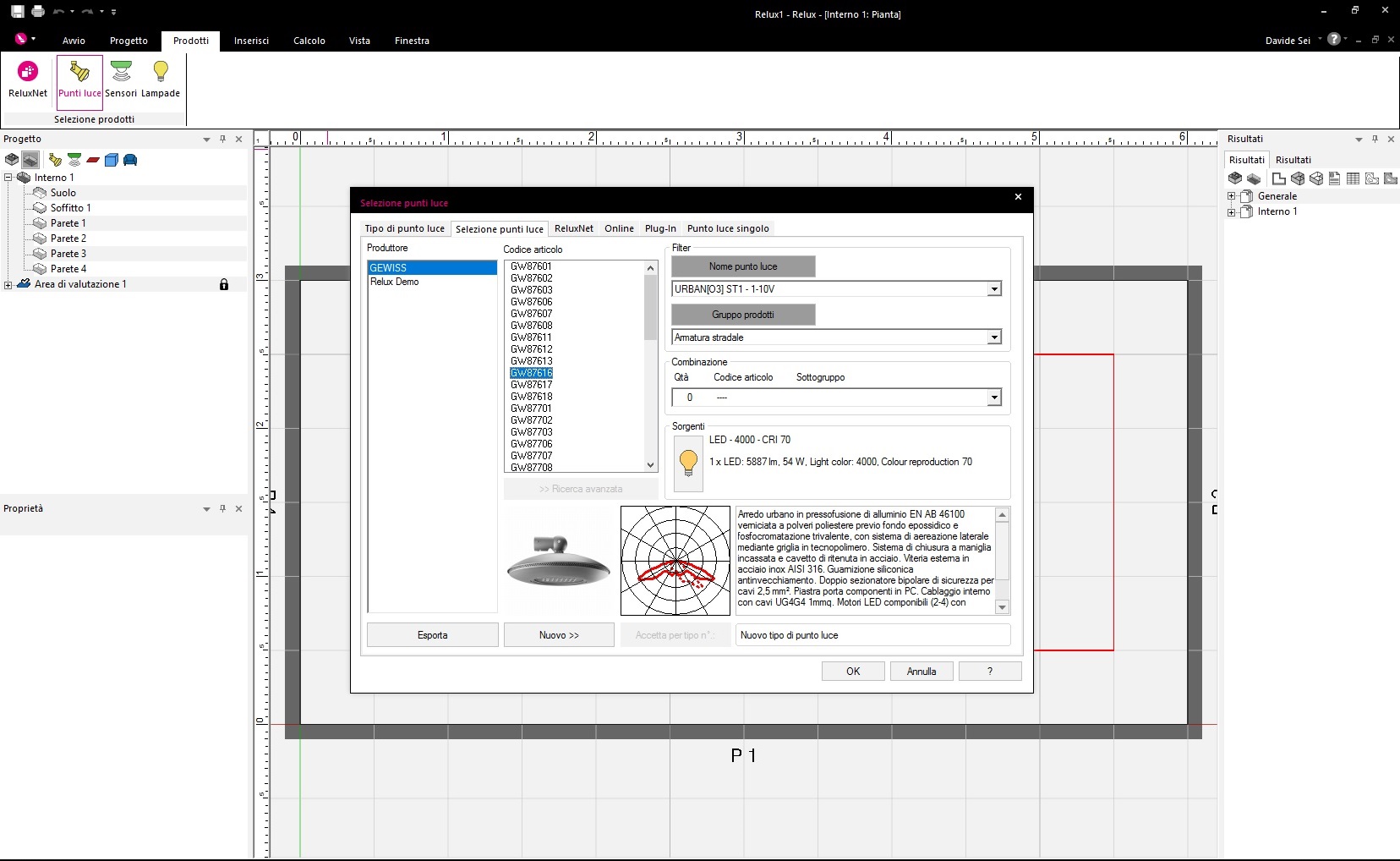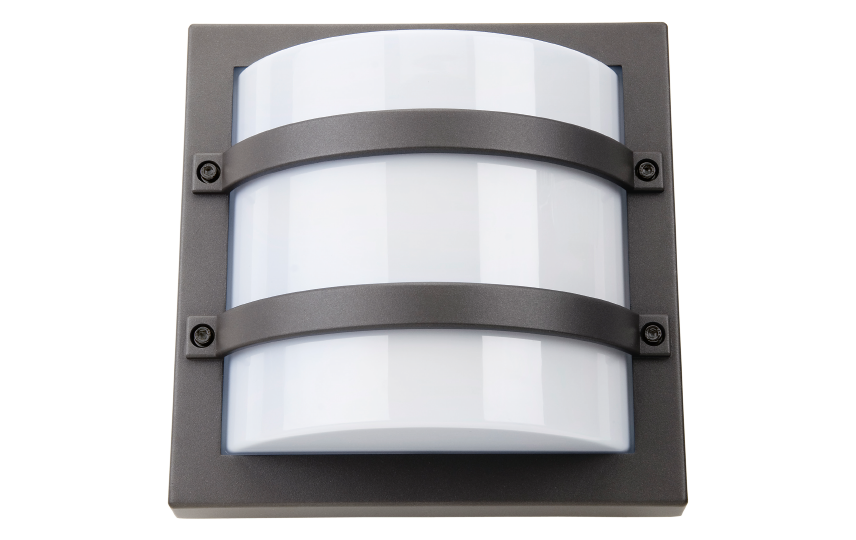
These are primed to increase the release of proinflammatory and vasoactive mediators through different immunological or non-immunological stimuli and synergistic/sequential different pathomechanisms.
Relux blk files skin#
Although the pathophysiology of CSU is not yet completely understood, a strong characteristic of the disease is the specific increased activation and/or degranulation of skin mast cells (MCs). Urticaria is a common and heterogeneous skin disorder characterised by a mast cell-driven vascular reaction causing wheals, itch and /or angioedema in response to several either identifiable infectious, allergic, physical, chemical and psychological stimuli or other unidentifiable stimuli Due to known or unknown causes and excluding physical stimuli, when recurrence of symptoms persist for ≤6 or >6 weeks, this urticarial skin eruption is defined as acute spontaneous urticaria (ASU) or chronic spontaneous urticaria (CSU), respectively. Endoscopic/bioptic findings of non-erosive reflux disease (NERD) or Barrett’s esophagus (BE) were more frequent in chronic overlap syndrome than in GERD-patients. Similar to Th2 pathology models, CSU and GERD overlap syndrome was significantly and independently associated with Total-IgE ≥100IU/ml or EBC ≥250/mmc compared to CSU or GERD. Prevalence values for urticaria overlapping with GERD were three- and two-fold higher in CSU and in long-duration GERD cases respectively compared to acute urticaria or short-duration GERD cases.

In patients with GERD or acute/chronic urticaria or overlap syndrome, Tot-IgE and eosinophil blood count (EBC) differed significantly, with a stepwise increase in their values from the subgroup of patients with GERD only, to that with overlap of CSU to GERD.

UAS was significantly higher in urticaria and GERD overlap syndromes vs.

In urticaria-patients, the prevalence of GERD was four-fold higher than in patients without hives (44% vs. The prevalence of overlap syndrome for urticaria and GERD was 5.9% (95%CI: 4.7–7.2). Among different GICs, gastroesophageal reflux disease (GERD) was the most frequent syndrome observed (15.4% 95%CI: 13.6–17.3).


 0 kommentar(er)
0 kommentar(er)
